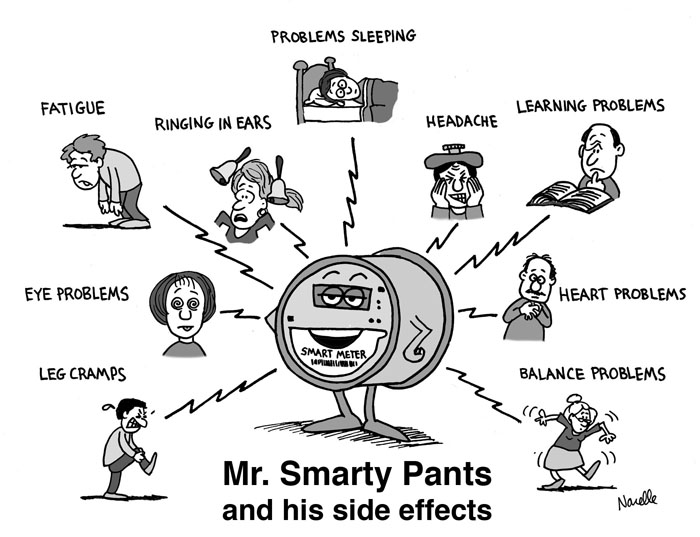 College students spend an average of 8 hours or more a day on their cellphones and women spend the most time, up to ten hours a day. Excessive use poses potential risks for academic performance, according to a Baylor University study on cellphone activity published in the Journal of Behavioral Addictions.
College students spend an average of 8 hours or more a day on their cellphones and women spend the most time, up to ten hours a day. Excessive use poses potential risks for academic performance, according to a Baylor University study on cellphone activity published in the Journal of Behavioral Addictions.
The study notes that approximately 60 percent of college students admit they may be addicted to their cell phone, and some indicated they get agitated when it is not in sight, said Roberts, lead author of the article “The Invisible Addiction: Cellphone Activities and Addiction among Male and Female College Students.”
“That’s astounding,” said researcher James Roberts, Ph.D., Professor of Marketing in Baylor’s School of Business. “As cellphone functions increase, addictions to this seemingly indispensable piece of technology become an increasingly realistic possibility.”
General findings of the study showed that:
• Of the top activities, respondents overall reported spending the most time texting (an average of 94.6 minutes a day), followed by sending emails (48.5 minutes), checking Facebook (38.6 minutes), surfing the Internet (34.4 minutes) and listening to their iPods. (26.9 minutes).
• Men send about the same number of emails but spend less time on each. “That may suggest that they’re sending shorter, more utilitarian messages than their female counterparts,” Roberts said.
• Women spend more time on their cellphones. While that finding runs somewhat contrary to the traditional view that men are more invested in technology, “women may be more inclined to use cellphones for social reasons such as texting or emails to build relationships and have deeper conversations.”
• The men in the study, while more occupied with using their cellphones for utilitarian or entertainment purposes, “are not immune to the allure of social media,” Roberts said. They spent time visiting such social networking sites as Facebook, Instagram and Twitter. Among reasons they used Twitter were to follow sports figures, catch up on the news — “or, as one male student explained it, ‘waste time,’” Roberts said.
Excessive use of cellphones poses a number of possible risks for students, he said.
“Cellphones may wind up being an escape mechanism from their classrooms. For some, cellphones in class may provide a way to cheat,” Roberts said.
Excessive or obsessive cellphone use also can cause conflict inside and outside the classroom: with professors, employers and families. And “some people use a cellphone to dodge an awkward situation. They may pretend to take a call, send a text or check their phones,” Roberts said.
Roberts noted that the current survey is more extensive than previous research in measuring the number and types of cellphone activities. It also is the first to investigate which activities are associated significantly with cellphone addictions and which are not.
Study participants were asked to respond to 11 statements such as “I get agitated when my cellphone is not in sight” and “I find that I am spending more and more time on my cellphone” to measure the intensity of their addiction.
The study noted that modern cellphone use is a paradox in that it can be “both freeing and enslaving at the same time.”
“We need to identify the activities that push cellphone use from being a helpful tool to one that undermines our well-being and that of others,” Roberts said.
Baylor University did a previous where they reported “Cell phone and instant messaging addictions are driven by materialism and impulsiveness and can be compared to consumption pathologies like compulsive buying and credit card misuse, according to a Baylor University study in the Journal of Behavioral Addictions.”
“Cell phones are a part of our consumer culture,” said study author James Roberts, Ph.D., professor of marketing and the Ben H. Williams Professor of Marketing at Baylor’s Hankamer School of Business. “They are not just a consumer tool, but are used as a status symbol. They’re also eroding our personal relationships.”
 The City of Berkeley passed a “right to know” ordinance on Tuesday. Cell phones sold in Berkeley will come with a safety warning:
The City of Berkeley passed a “right to know” ordinance on Tuesday. Cell phones sold in Berkeley will come with a safety warning:
 This survey is now closed
This survey is now closed College students spend an average of 8 hours or more a day on their cellphones and women spend the most time, up to ten hours a day. Excessive use poses potential risks for academic performance, according to a Baylor University study on cellphone activity published in the Journal of Behavioral Addictions.
College students spend an average of 8 hours or more a day on their cellphones and women spend the most time, up to ten hours a day. Excessive use poses potential risks for academic performance, according to a Baylor University study on cellphone activity published in the Journal of Behavioral Addictions.